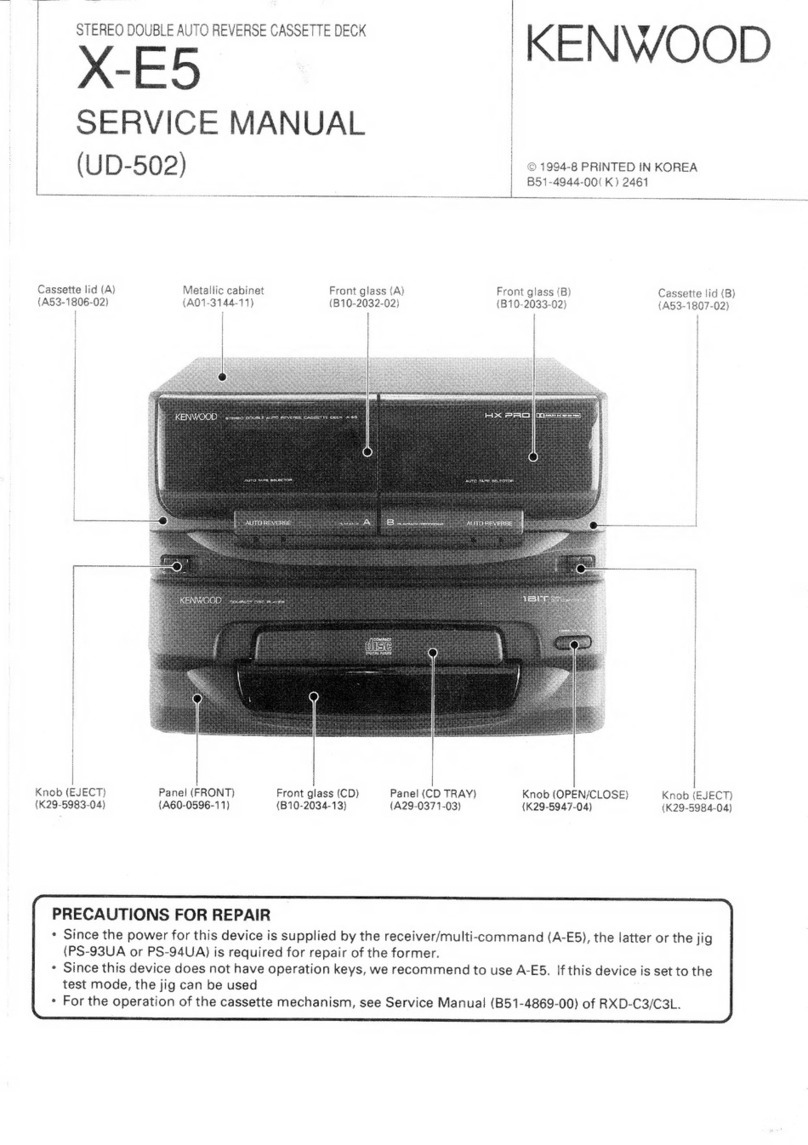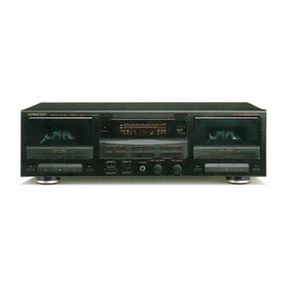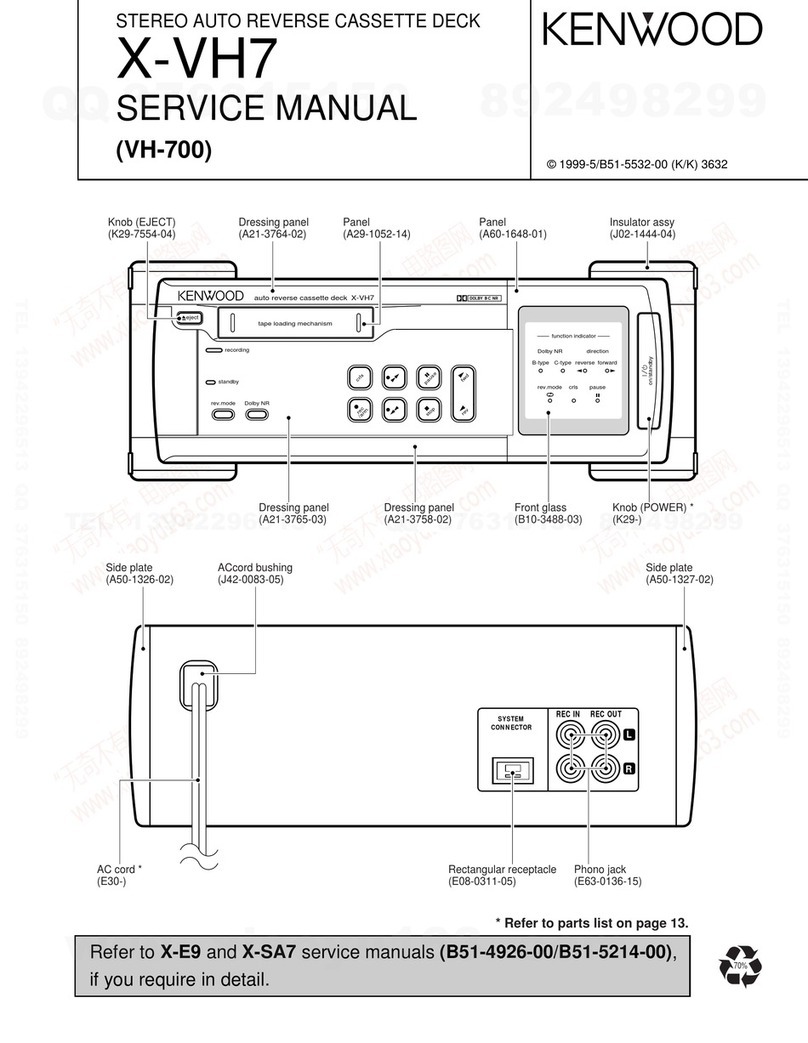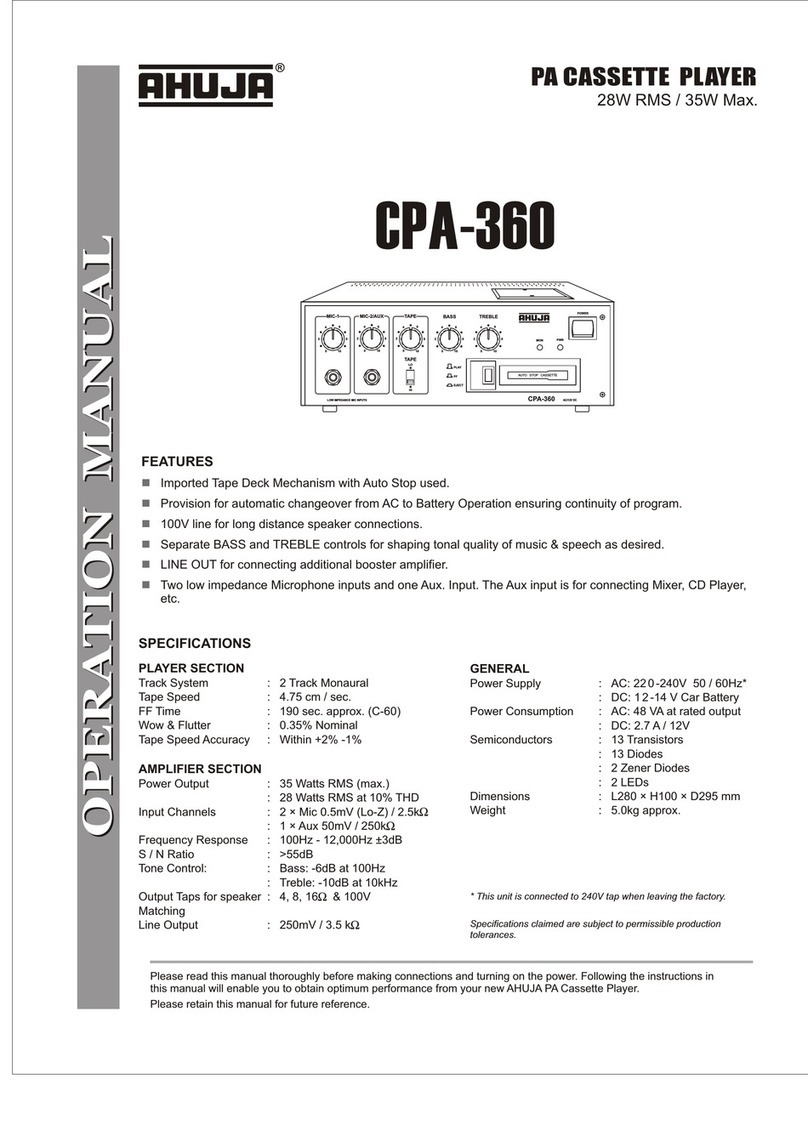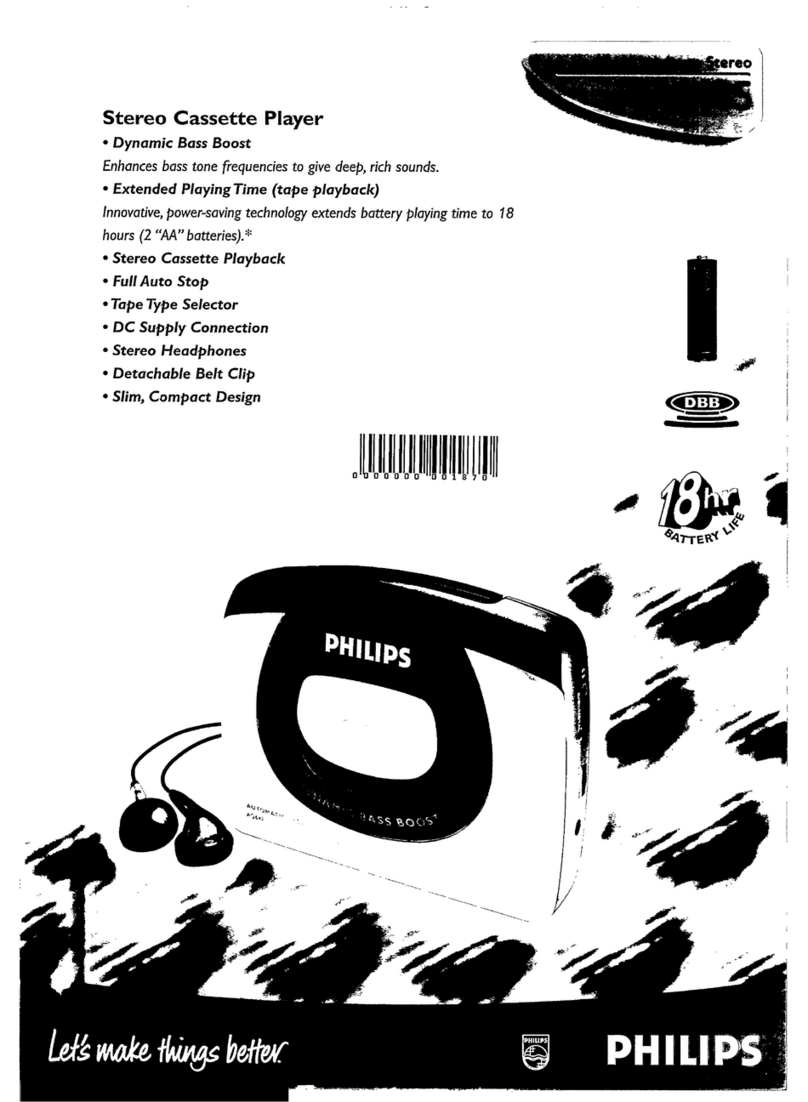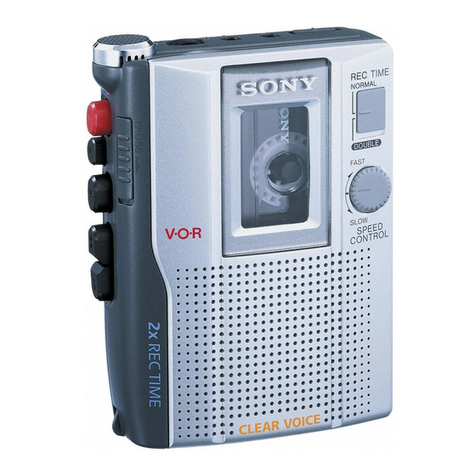Kenwood KDT-99R User manual
Other Kenwood Cassette Player manuals

Kenwood
Kenwood KRC-V791 User manual
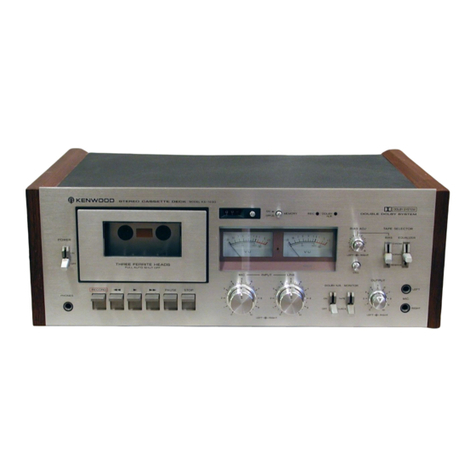
Kenwood
Kenwood KX-1030 User manual
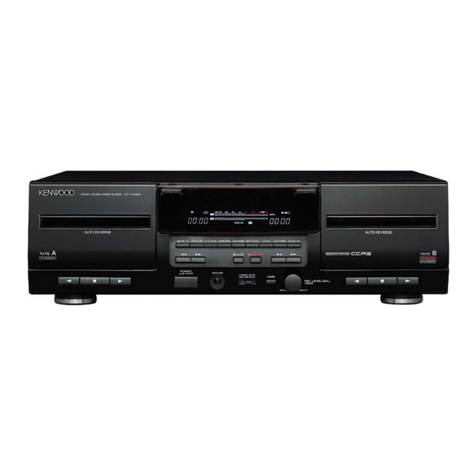
Kenwood
Kenwood KXF-W4030-S User manual
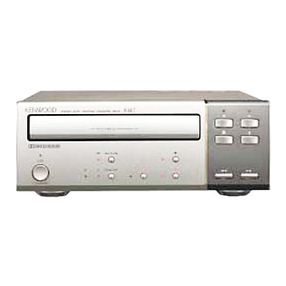
Kenwood
Kenwood X-SE7 User manual
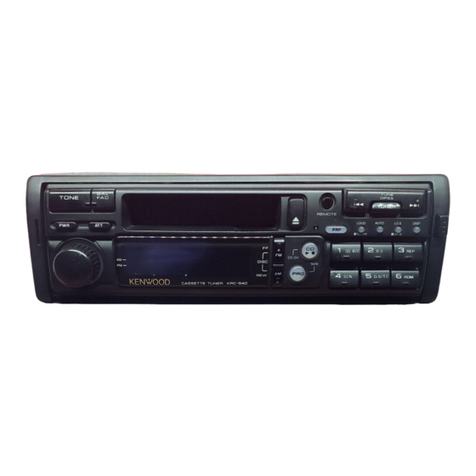
Kenwood
Kenwood KRC-940 User manual

Kenwood
Kenwood R-SE7 User manual
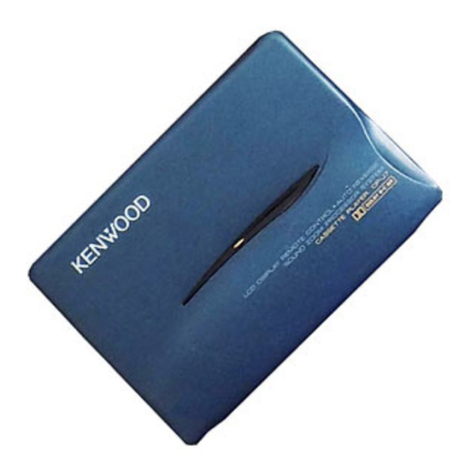
Kenwood
Kenwood CP-J7 User manual

Kenwood
Kenwood CT-203 User manual
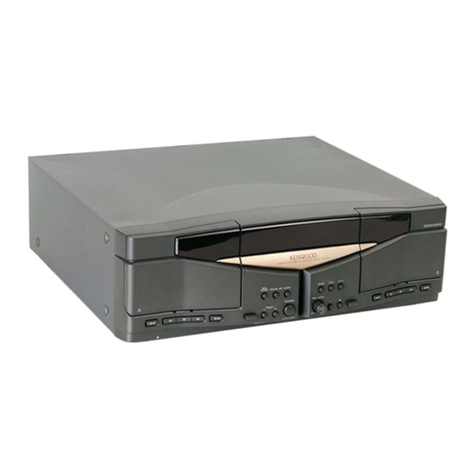
Kenwood
Kenwood X-W320 User manual
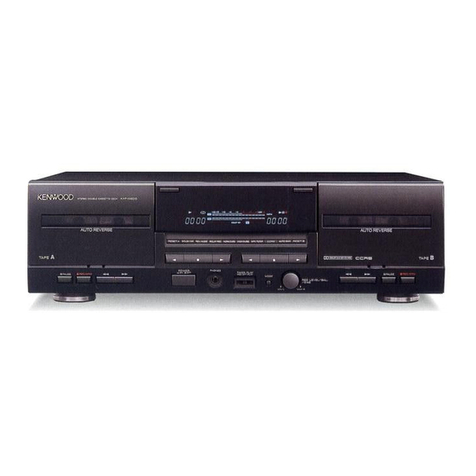
Kenwood
Kenwood CT/KXF-W User manual

Kenwood
Kenwood KRC-31 User manual

Kenwood
Kenwood KRC-597 User manual
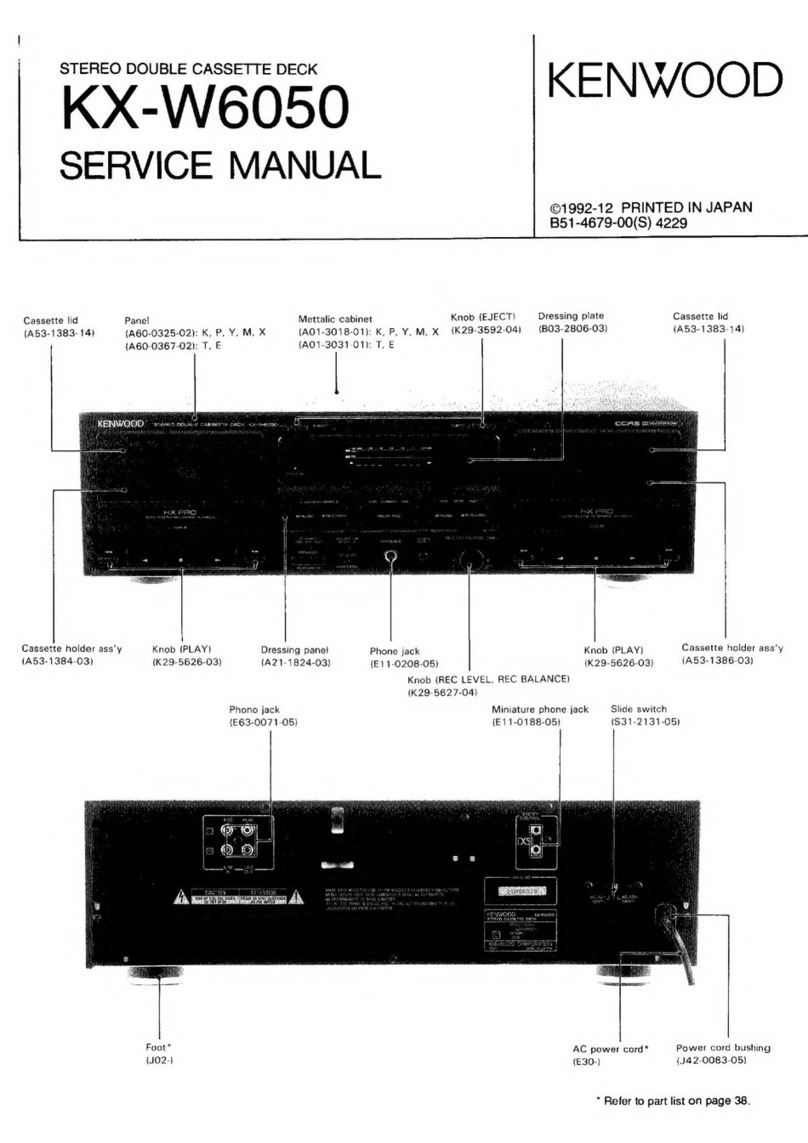
Kenwood
Kenwood KX-W6050 User manual

Kenwood
Kenwood KRC-19A/G User manual
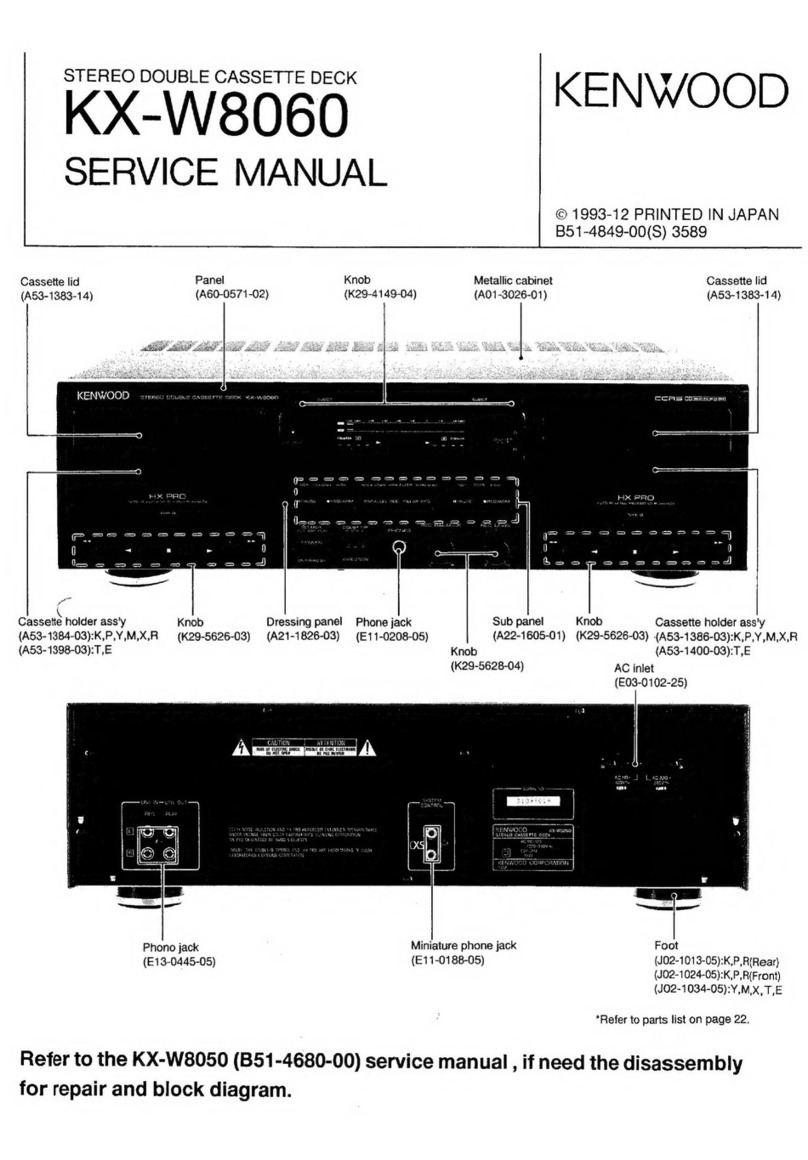
Kenwood
Kenwood KX-W8060 User manual
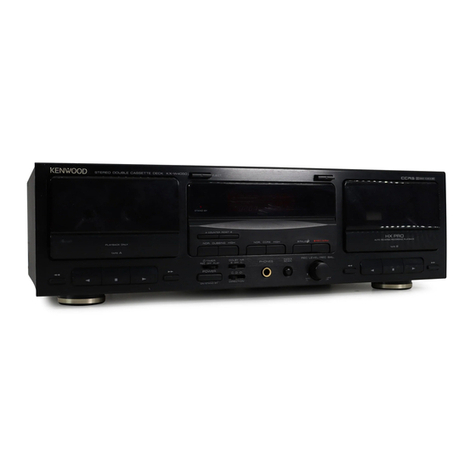
Kenwood
Kenwood KX-W4050 User manual

Kenwood
Kenwood X-W320 User manual

Kenwood
Kenwood KX-1030 User manual
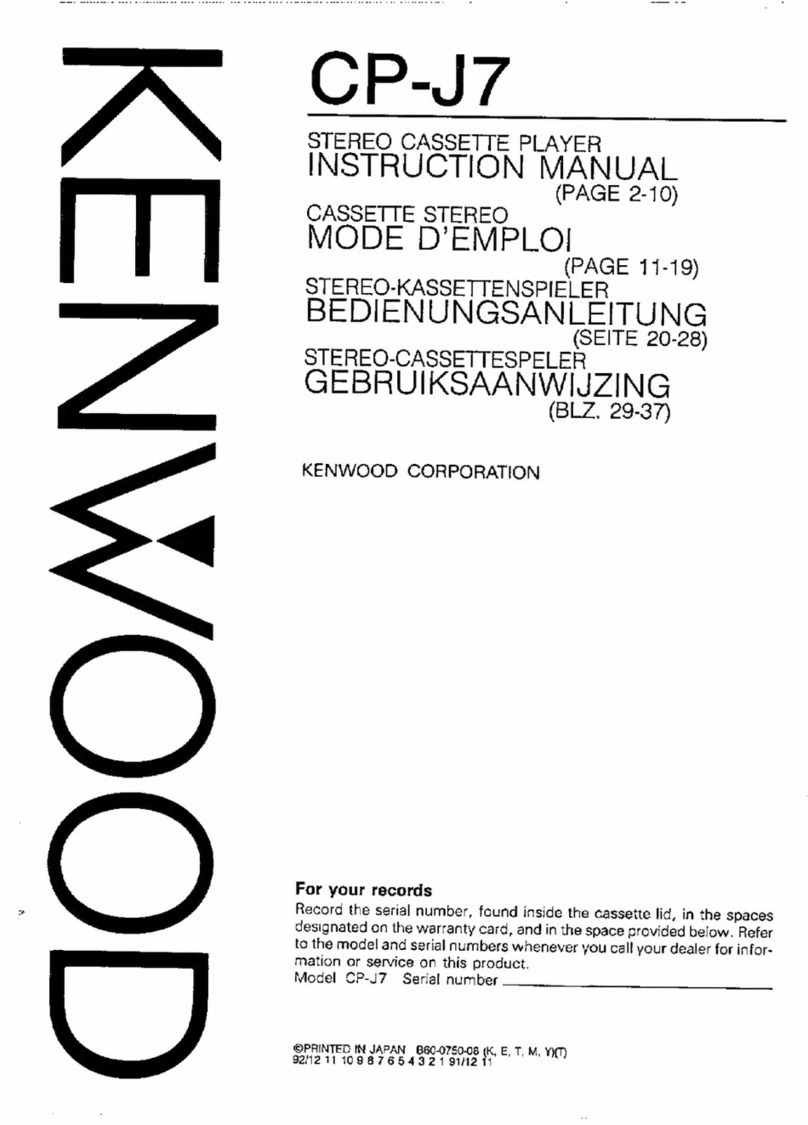
Kenwood
Kenwood CP-J7 User manual

Kenwood
Kenwood CT-403 User manual
